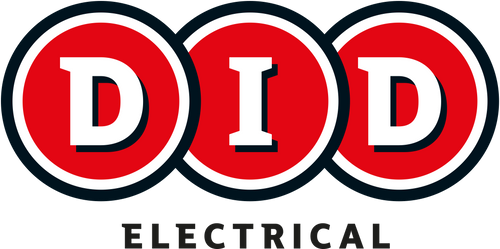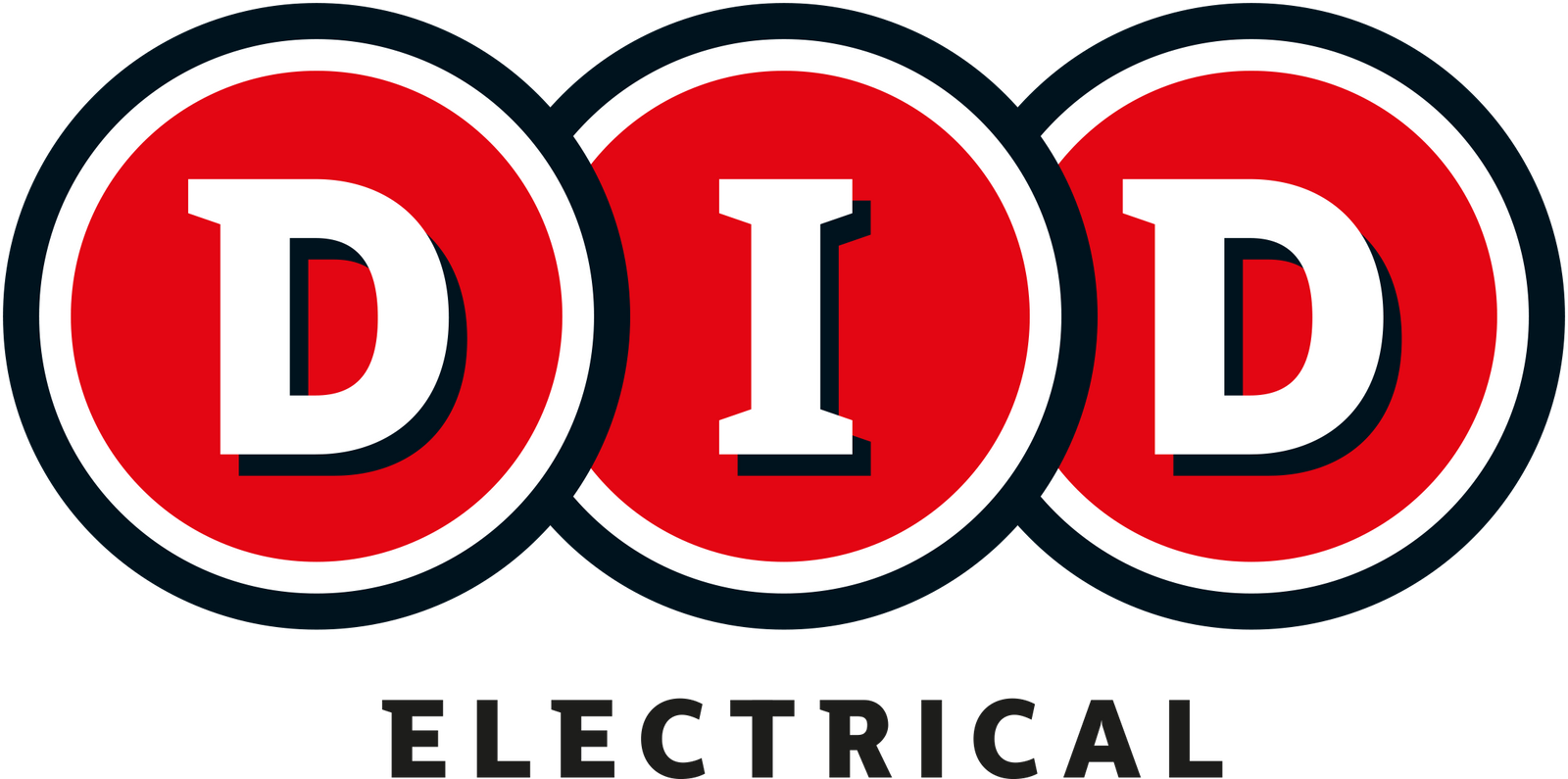A new national survey of over 500 Irish coffee drinkers shows how much it has taken over Irish life. The Survey Finds:
- 11% of Irish coffee drinkers have more than 5 cups a day
- 7% say that drinking coffee has a negative effect on libido
- 65% never use a reusable cup
Do Irish people drink coffee?
So, it turns out most of us enjoy a morning brew. In fact, 62% of Irish people drink coffee, and most (63%) drink at least two a day. But a majority (73%) buys no more than two coffees a week in a cafe, so that's a lot of coffee made in kitchens and office canteens.
Are reusable coffee cups being used?
We're sure you've heard of the campaign against single-use plastic by now. And you might also have heard that many takeaway cups aren't even recyclable. Yet, despite recent environmental campaigns and café-based incentives, the vast majority use disposable takeaway cups: indeed, 65% say they never use a reusable cup for takeaway coffees, and 16% only use one 'sometimes' . There seems to be a correlation between age and reusable coffee cup use: When we break down those numbers by age, 40% of 18-44-year olds use a reusable container at least 'sometimes', but that number drops to 28% for 44-55-year olds and then to 21% for over 55-year olds.
What's the most popular coffee order?
For Irish people, coffee seems to be something to fuel their working day; instead of a leisurely, pricey treat. This, we think, might be why Americano is the most popular order in the country, with more expensive, longer-taking coffees further down the list. So, americano leads the way (33%), which possibly explains why most respondents (51.88%) spend €2-€2.99 on an average coffee. On the more extravagant end, almost 5% of respondents spend more than €4 every time they got a takeaway coffee. 18-24-year olds love their cappuccinos, with one in three having that as their order of choice. 25-34s place cappuccino and americano neck and neck, with each drink getting 24% of the vote in that group. For over 65s, americano is the clear favourite, with 41% of the vote. Perhaps unsurprisingly given that figure, 45% of that demographic find the current range of coffees 'confusing'. Speaking of new options, less than 1% (0.3%) of respondents chose frappe as their beverage of choice.
How much are people spending on coffee every year?
You might want to sit down for this one. The annual spend on coffee is significant: 27% of respondents buy at least 3 takeaway coffees per week, spending an approximate €468 per year on the black stuff. On the higher end of the scale, 4% buy 9 or more coffees per week, spending an estimated €1,404 on takeaway coffees per year. So, if you're hoping to save up for a big event, cutting back on those takeout coffees would be a good place to start. By the way, if you're thinking of buying a coffee machine, you're not alone. A previous survey of Irish consumers (held by TGI Choices) discovered that 9% of Irish consumers own a coffee machine and 12% intend to buy one within the next 12 months.
How important is coffee to start your day?
Breaking it down by gender, in response to the question 'How important is coffee to start your day?', 35% of women and 29% of men said, 'extremely important'. Coffee habits change over time, too. Answering the question 'How important is your first cup of coffee to get you ready for the day ahead?', 35% of 25-54-year olds said, 'very important'. However, that number flips completely in the higher age groups, with 33% of over 55-year olds saying, 'not at all important'. This could be down to a cultural change (coffee didn't take over our lives as much in the olden days!) and the fact that some respondents over 55 would be retired.
Does coffee affect your libido?
And finally, regarding libido, 9.7% say that drinking coffee has a negative effect on libido, with 19% believing it has a positive impact and the rest saying that it has no effect either way. For 55-64-year olds, though, 26% believe that it has a positive effect. Quite an upswing. The survey was carried out across the country, with over 500 respondents across all age and gender demographics.










